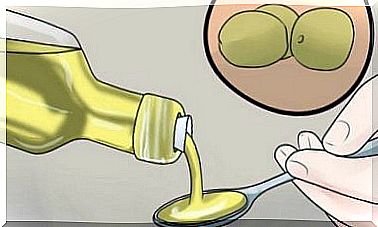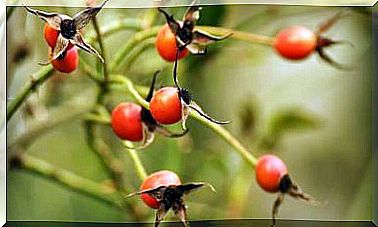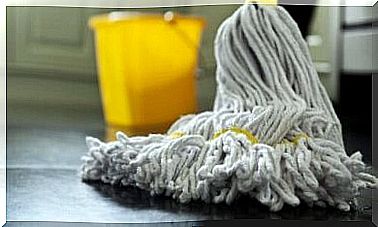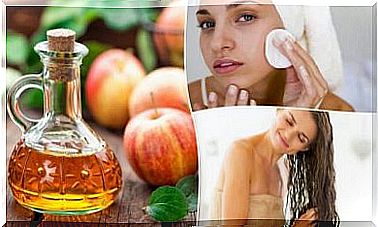7 Dangerous Plants To Banish From Your Home
Sometimes beauty comes with danger. This is the case with certain plants … Find out here which plants are dangerous in order to avoid unnecessary risks.
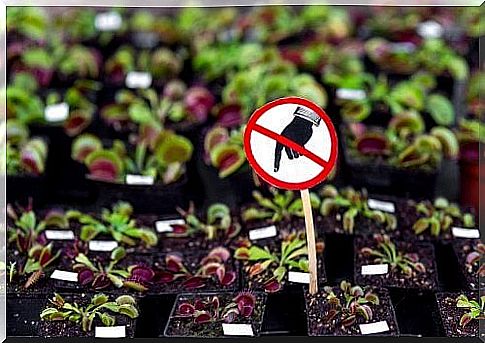
Plants bring a special touch to an interior. They create a natural atmosphere, they purify the air and bring life. However, some plants should be avoided, as they can be toxic, especially for children and pets. We invite you to find out here what are the main dangerous plants.
Usually, the labels that accompany the plants contain growing recommendations, but usually there is no information on the damage they can cause. Therefore, the idea that certain plants can harm our health does not occur to us.
It is also possible that during a walk in the middle of nature you will spot a plant so beautiful that you decide to bring it home without even knowing that it represents a danger. The beauty of a plant can be the root of many problems.
1. Hydrangeas, dangerous plants
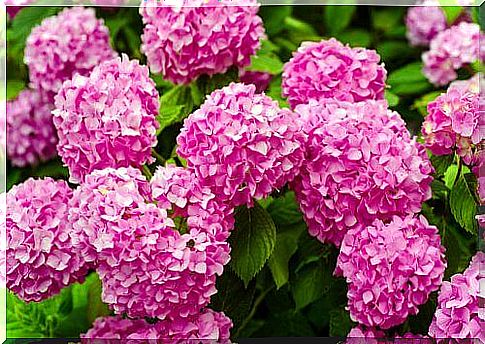
Hydrangeas are, without a doubt, one of the most popular plants in interior decoration. Their flowers are vibrant, but they are also dangerous.
Chewing on a hydrangea flower can cause respiratory arrest, nausea and fainting, and low blood pressure. Hydrangea leaves and stems can also cause such effects, but to a lesser extent.
These symptoms are due to the presence of hydrazine, a compound of the cyanide family.
2. The lily
Lilies are among the flowers that people prefer to see in bouquets and decorative pots. However, people who have cats should avoid them. There are many types of lilies and all of them have a negative effect on cats.
Some lilies irritate the digestive tract of these animals causing diarrhea and vomiting. Other types of lilies affect the kidneys of cats and can even cause the animal to die.
Studies on the subject have not yet determined which substance is responsible for these effects in cats. On the other hand, they claim that two petals are enough to cause death.
3. Salvia divinorum or soothsayer’s sage, dangerous plants
This type of sage may come as a surprise to many unwary, as it is often confused with common sage, which is edible and has many health benefits.
Diviners’ sage contains a hallucinogenic compound similar to LSD. Although the natives of Amazon use this plant as part of rituals, consuming this plant can cause irreversible damage.
This plant alters consciousness and then causes hallucinations which sometimes become recurrent and permanent.
So, as soon as you see the name “ salvia ” on a plant label, make sure its last name is not “ divionorum ”.
4. The Brugmansia or angel’s trumpet
It is a very decorative shrub plant whose name varies depending on the region. Its flowers, which catch the eye, fall downwards and have the shape of a bell. In addition, as if the temptation is not strong enough, the flowers of this plant have a sweet and pleasant taste.
However, just like diviner’s sage, this plant is also hallucinogenic. Its flowers cause psychotic episodes, alienations, paralysis and they can be fatal.
This is due to the presence of tropanic alkaloids, substances which inhibit the nervous system and which are also present in synthetic drugs.
5. Bougainvillea, dangerous plants
It is common to see bougainvillea dressing the exterior walls of a house. These climbing plants have a vibrant color.
The flowers, stem and seeds of this plant contain cyanogens and oleandrine, two toxic substances that affect the heart.
If bougainvillea is consumed accidentally or on purpose, after a few hours the individual will experience the following symptoms: arrhythmias, tachycardias, nausea, vomiting and diarrhea.
6. Oleander
Also called oleander or rosage, oleander has small, delicate flowers, which is why this plant is one of the most popular plants for both interior and exterior decoration.
Nevertheless, it is a dangerous plant for people and animals. Oleander contains glycosides, substances that speed up the heart’s rate and cause sweating, nausea, vomiting, diarrhea, and breathing problems.
This plant is also dangerous in contact with the skin: its stem contains a milky substance which can be irritating. This is why it is recommended to use gloves when planting, transplanting or pruning it.
7. The Dieffenbachia
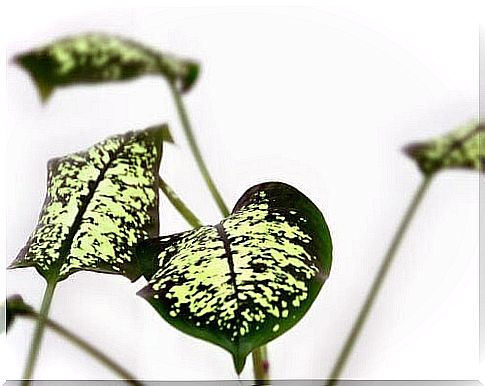
Also known as the dumb cane, this plant is very popular because it has pretty colors and is easy to care for.
This plant contains asparagine, an irritant substance. It can cause skin problems in some people. When chewed, it can cause inflammation of the throat and heart problems.
All the plants we have just mentioned are, of course, very decorative and easy to find, but they are also dangerous. They should therefore be handled with care and kept out of the reach of children and pets.
You should also take the following precautions.
- Pick up the leaves and petals that fall from the plant.
- Put a label on the plant to indicate that there is danger.
- Wash your hands after touching the plant.
- If you have pets, make sure they always have fresh water available so they don’t drink the water that has accumulated in the plants.
Finally, keep in mind that you should always learn about the possible dangers of a plant when buying it. Learn about each plant you want to have in your home.

